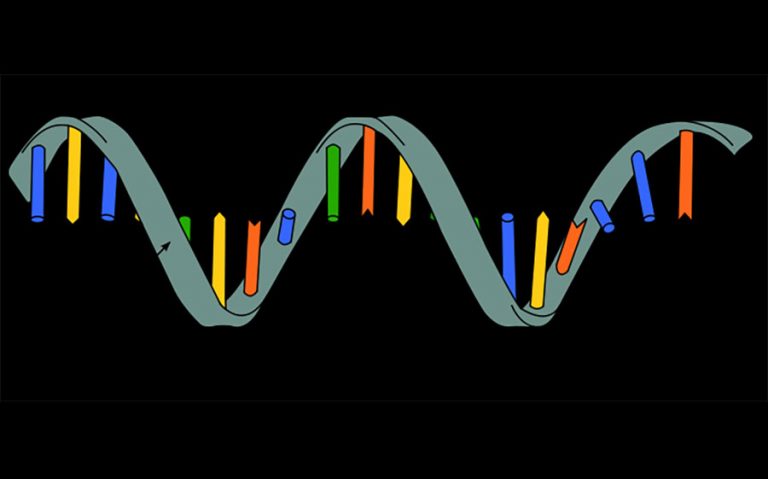
Identifying a genetic disease is missed in over half of exome and genome sequencing tests, indicating the presence of disease-causing variants in non-coding regions. RNA sequencing (RNA-seq) provides a more inclusive analysis by assessing transcriptome mutations missed by DNA sequencing. Typically performed on clinically accessible tissues (CATs)from blood and skin, the technique is less efficient for detecting mutations in clinically relevant but non-accessible tissues.
To better define the best applications for RNA-seq, a team of researchers from Children’s Hospital of Philadelphia (CHOP) and the Perelman School of Medicine at the University of Pennsylvania investigated a database of RNA-seq results in samples of non-CATs from organs like the brain and heart.
“We know that we are unable to test tissues in the brain, heart and certain other organs for diagnostic purposes, but we also know that using RNA sequencing on these tissues could reveal important genetic information we might not otherwise be able to capture,” said Elizabeth Bhoj, M.D. Ph.D., with the Division of Human Genetics at CHOP, and senior co-author of the study. “By studying both clinically- and non-clinically-available tissues, we hoped this study would reveal the true extent of what we may be missing with current RNA sequencing methods.”
What they learned allowed them to identify clear differences in RNA expression between tissues to help identify when clinically-accessible tissues like blood and skin samples are most useful for RNA-seq and when they are not.
In their investigation, the researchers looked for RNA splicing events in a variety of tissue types. In particular, they focused on variants that disrupt RNA splicing—the process by which non-coding parts of genes are removed so that only the coding portions are available to create necessary proteins. As a result, those variants impinge on protein production which can lead to disease. RNA-seq can help detect these variants and add to the knowledge gleaned from exome and genome sequencing. But, its utility is limited by the fact that the gene must be expressed in the tissue of interest, and often those tissues are not accessible
To see how efficiently RNA sequencing could identify RNA splicing events, they quantified RNA splicing in 801 RNA-seq samples from 56 different adult and fetal tissues from Genotype-Tissue Expression Project (GTEx) and ArrayExpress. Specifically, they identified genes and splicing events in each non-CAT which allowed them to determine when RNA-seq in CATs inadequately represents them.
The team discovered that many splicing events in non-CATs are inadequately evaluated using RNA-seq from CATs. The researchers determined that 40.2% of non-clinically-available tissues have RNA splicing that is inadequately represented in at least one clinically-available tissue, and 6.3% of genes have splicing inadequately represented by all clinically-available tissues. While a majority (52.1%) of these genes have low expression in clinically-available tissues, the study team showed that 5.8% are inadequately represented despite being well-expressed, thereby representing a significant portion of genes of interest not being properly captured by traditional RNA sequencing methods..
They catalogued their findings in online resources, MAJIQ-CAT, for further exploration into specific genes and tissues. They hope the new tool can determine which accessible tissues, if any, best represent RNA splicing in genes and tissues of interest, and hopefully close the gap left by current sequencing techniques.











